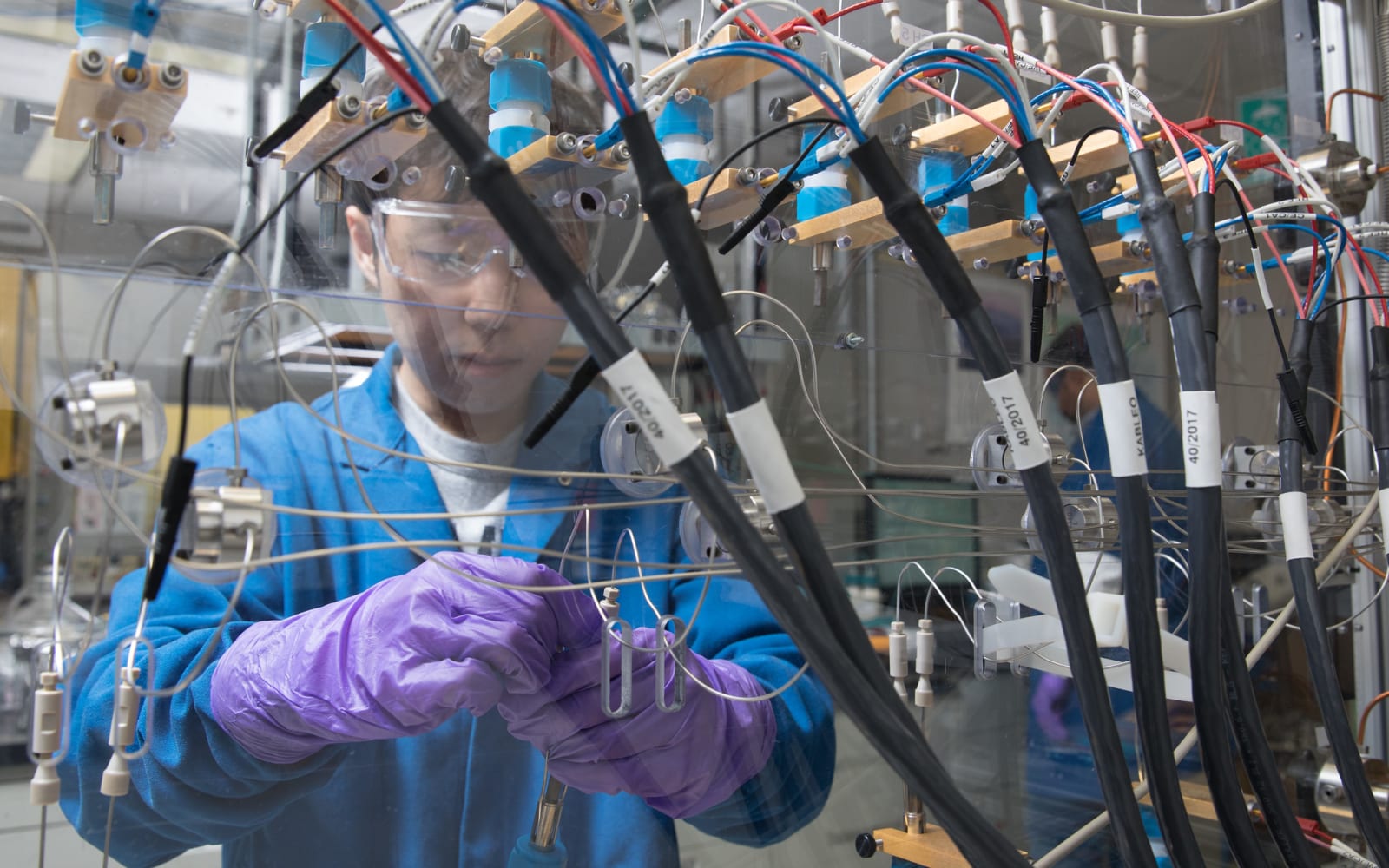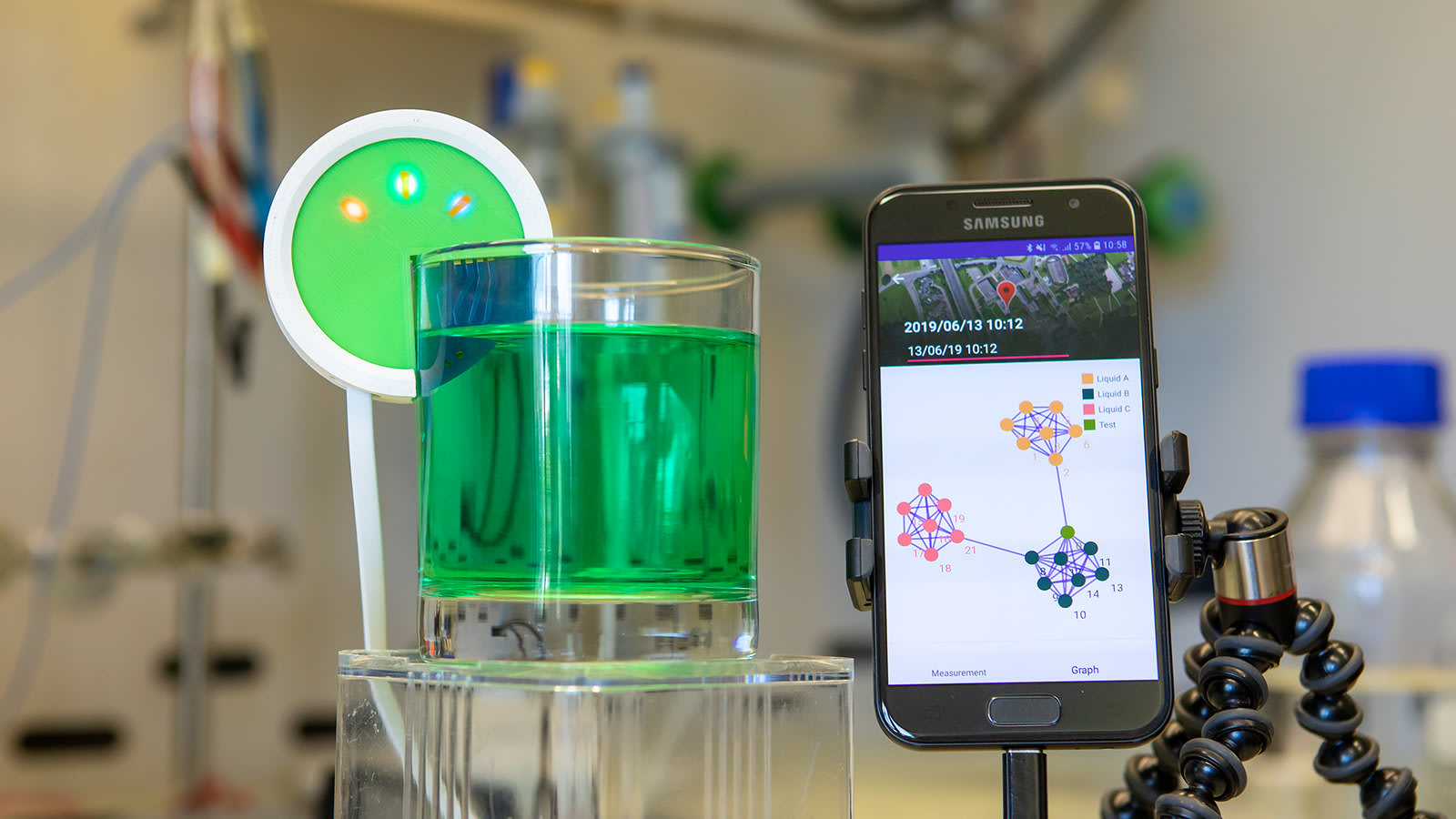
IBM Research, in collaboration with DARPA's Systems of Neuromorphic Adaptive Plastic Scalable Electronics (SyNAPSE) program, has reached another brain simulation milestone. Powered by its new TrueNorth system on the world's second fastest supercomputer, IBM was capable of crafting a 2.084 billion neurosynaptic cores and 100 trillion synapses -- all at a speed "only" 1,542 times slower than real life. The abstract explains that this isn't a biologically realistic simulation of the human brain, but rather mathematically abstracted -- and little more dour -- versions steered towards maximizing function and minimizing cost. DARPA's SyNAPSE project aims to tie together supercomputing, neuroscience and neurotech for a future cognitive computing architecture far beyond what's running behind your PC screen at the moment. Want to know more? We've included IBM's video explanation of cognitive computing after the break.
Continue reading IBM supercomputer simulates 530 billion neurons and a whole lot of synapses
Filed under: Science, Alt
Comments
Via: Kurzweil AI
Source: SC12
 Electric vehicles will play an important role in reducing greenhouse gas emissions, but they are not yet a perfect solution. Today, most EVs run on lithium-ion batteries made with heavy metals like cobalt, of which there is a limited supply and less...
Electric vehicles will play an important role in reducing greenhouse gas emissions, but they are not yet a perfect solution. Today, most EVs run on lithium-ion batteries made with heavy metals like cobalt, of which there is a limited supply and less...
 Electric vehicles will play an important role in reducing greenhouse gas emissions, but they are not yet a perfect solution. Today, most EVs run on lithium-ion batteries made with heavy metals like cobalt, of which there is a limited supply and less...
Electric vehicles will play an important role in reducing greenhouse gas emissions, but they are not yet a perfect solution. Today, most EVs run on lithium-ion batteries made with heavy metals like cobalt, of which there is a limited supply and less...
 The pace of technical advancement in computer vision systems over the past few years has been nothing short of astounding. The eyes of machines are quickly gaining on their biological counterparts with 1,000-fps vision, the ability to figure out what...
The pace of technical advancement in computer vision systems over the past few years has been nothing short of astounding. The eyes of machines are quickly gaining on their biological counterparts with 1,000-fps vision, the ability to figure out what...






